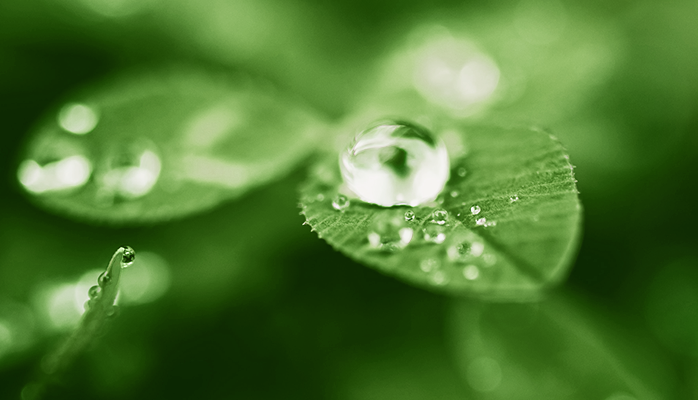
Every year, Australians spend millions on cleaning products containing dangerous chemicals and toxins. Not only are these harmful to people and animals, but they’re also harmful to our planet. We’ve come a long way in recent years in understanding the damaging effects such chemicals are having on our health and the environment. As a result, more and more people are seeking out natural, eco-friendly solutions that are safer but still effective.
What if I were to tell you that you could clean and sanitise any surface safely and effectively without any traditional cleaning chemicals? Without the fumes, without the fragrance, without the bubbles, without the harmful side effects.
All you would need is cold tap water and a single handheld electronic device to produce a powerful, effective and all-natural cleaner and sanitiser. Simply by looking to nature and technology rather than chemicals that very thing is possible.
I won’t lie – when I first heard about it, I was sceptical. At the time, I’d been a chemical salesperson for over 20 years and I certainly thought it sounded too good to be true. Until I tried and tested it myself. And the results were undeniable.
It’s all built upon aqueous ozone
Aqueous ozone is by no means a new idea or discovery. In fact, it’s been considered one of nature’s most powerful cleaners and sanitisers for more than one hundred years. In nature, ozone (O3) is created through lightning or sunlight and occurs when an extra oxygen atom is added to the oxygen (O2) molecules in the air. Aqueous ozone is created when this ozone penetrates raindrops. It’s completely safe and not to be confused or compared to ozone in gaseous form.
Aqueous ozone is a naturally unstable compound, meaning it will always try to revert to its normal form. This unstable nature is what makes it one of the most effective natural cleaning solutions – the molecules will rapidly seek out and cling to contaminants, killing more than 99.99% of germs and bacteria before converting back to water and oxygen.
Combining nature with technology to create a smarter way to clean
Tersano’s iClean Mini has taken this natural process, replicated it and enhanced it further using innovative technology. By creating Stabilised Aqueous Ozone ( SAO™), the iClean mini unit creates a better cleaner than Aqueous Ozone alone, on-demand. In fact, it’s been tested and proven to provide up to 15% more effective cleaning power. The patented SAO technology filters cold tap water and infuses it with an extra oxygen atom with the press of a button creating the powerful yet safe cleaning solution and germ killer. Sounds complicated, but it’s actually very simple.
SAO™ technology has been used in the commercial cleaning industry worldwide for more than 15 years to clean and sanitise public buildings, hotels, universities, hospitals and major fast-food chains. The iClean mini makes it possible for all Australian households to benefit from it too.
From governmental bodies to independent test laboratories and sustainability organisations, Stabilised Aqueous Ozone™ is a safe, sustainable alternative to traditional chemical cleaners and sanitisers. A full overview of the regulatory approvals can be viewed here.
Why use Stabilised Aqueous Ozone™ in the home?
- Completely safe for people, animals and the planet.
- Eliminates germs, odours, stains, mould, and mildew.
- Effectively kills >99.99% of germs and bacteria including E. coli, Salmonella, MRSA and more.
- No toxins, fumes or chemical residue.
- Completely harmless to skin, eyes or if ingested.
- Replaces all your traditional cleaning chemicals, sanitisers and deodorisers with an all in one chemical-free solution.
- Use on all surfaces that water won’t damage, including benches, bathrooms, toys, fruits and vegetables, cooking utensils and more.
- HACCP and NSF approved for the food industry as a no-rinse sanitiser.
Ecofy is the exclusive import partner of Tersano products in Australia and New Zealand.